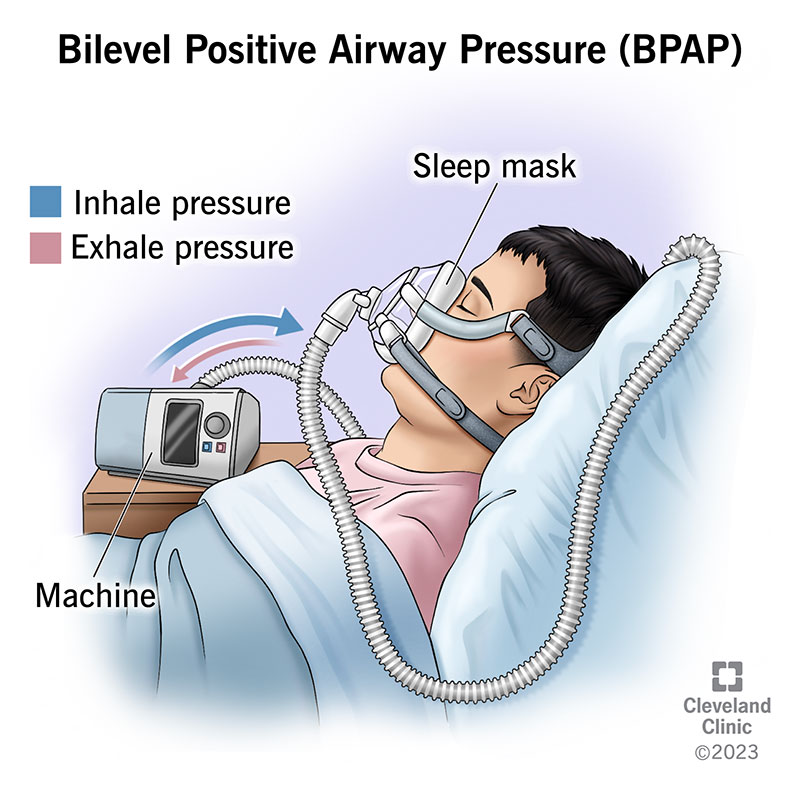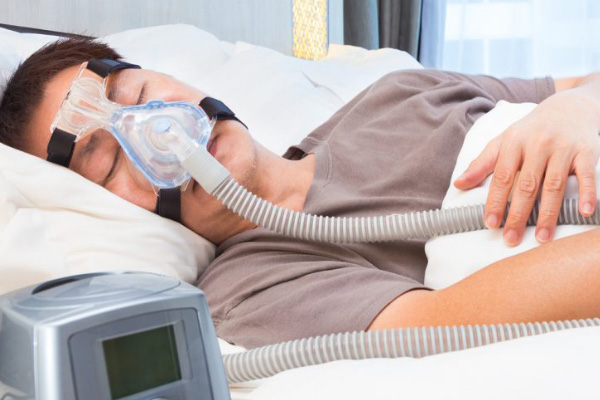BiPAP Rental: Easy Access to Advanced Respiratory Tools
BiPAP Rental: Easy Access to Advanced Respiratory Tools
Blog Article
Bipap vs. CPAP: Which Is the most effective for Your Sleep Problem?
When navigating the intricacies of rest conditions, the choice between BiPAP and CPAP therapy is an important factor to consider. Each technique supplies distinct advantages tailored to certain problems, yet the decision pivots on individual client needs and convenience degrees. While CPAP supplies a stable airflow suitable for obstructive rest apnea, BiPAP's double pressure setups may enhance convenience for those with even more elaborate respiratory issues. Recognizing these distinctions can considerably impact therapy effectiveness, leaving one to ponder which alternative genuinely lines up with their health needs and way of life.
Understanding Rest Disorders
Sleep conditions encompass a variety of conditions that interfere with typical rest patterns, affecting both the high quality and period of rest. These problems can show up in various types, including insomnia, rest apnea, narcolepsy, uneasy leg disorder, and parasomnias. Each condition offers special challenges, frequently resulting in substantial daytime fatigue, cognitive problems, and emotional disturbances.
Sleeplessness is defined by trouble dropping or staying asleep, while sleep apnea entails repeated disruptions in breathing throughout rest, usually resulting in fragmented remainder. Narcolepsy, on the various other hand, is noted by too much daytime sleepiness and sudden sleep assaults. Uneasy leg disorder creates uncomfortable sensations in the legs, triggering an unmanageable impulse to relocate them, which can also hinder the capability to drop off to sleep.
The influence of rest disorders prolongs past specific health, affecting overall productivity, relationships, and high quality of life. Understanding the specific nature of each condition is important for efficient medical diagnosis and therapy. As rest health ends up being progressively identified as a crucial element of overall wellness, resolving these problems is essential for boosting both rest high quality and everyday functioning.
How CPAP Functions
Continual Favorable Respiratory Tract Pressure (CPAP) therapy is frequently utilized as a main treatment for obstructive sleep apnea (OSA) The system of CPAP includes making use of a maker that delivers a stable stream of air with a mask used throughout rest. This airflow maintains positive pressure in the respiratory tract, protecting against the collapse or blockage of the throat that can happen throughout rest.
When a client inhales, the CPAP equipment supplies a continuous circulation of air, making sure that the airway continues to be open - BiPAP Rental. This not just eases the signs of OSA, such as snoring and disrupted rest patterns, however also reduces the affiliated health and wellness threats, consisting of cardiovascular problems and daytime tiredness
The stress setups on a CPAP machine can be personalized to fulfill individual person needs, typically determined with a sleep research. Clients typically undergo titration researches to find the ideal stress level for their one-of-a-kind condition. Normal follow-up and adjustments might be necessary to make certain performance and convenience. On the whole, CPAP therapy has actually been revealed to significantly improve the quality of rest and total wellness for individuals experiencing from obstructive sleep apnea.
How BiPAP Works
BiPAP, or Bilevel Favorable Airway Stress, is a customized form of non-invasive air flow that is particularly beneficial for patients with conditions such as complicated rest apnea or respiratory system problems. Unlike CPAP, which supplies a constant stream of air at a single pressure, BiPAP supplies two unique pressure setups: a higher inspiratory pressure for breathing and a lower expiratory stress for exhalation. This dual-pressure method permits less complicated breathing, lowering the initiative called for throughout exhalation.
The tool runs with a mask fitted over the nose or mouth, linked to a maker that generates air stress. When the patient inhales, the device supplies the greater pressure to help with airflow, making certain that the airway remains open. Upon exhalation, the maker immediately reduces the pressure, making it extra comfy for the person to take a breath out.

Key Distinctions Between BiPAP and CPAP

In comparison, BiPAP (Bilevel Positive Airway Stress) provides 2 different stress settings: one for breathing and a lower one like this for exhalation. This double pressure system enables even more comfy breathing, particularly for clients that battle with breathing out against a continuous stress. BiPAP is commonly advised for individuals with intricate sleep apnea, chronic obstructive lung illness (COPD), or those that call for added assistance throughout rest.
In addition, the intricacy of BiPAP gadgets typically leads to a higher cost and requires more cautious titration than CPAP. BiPAP Rental. Understanding these key differences can help in acknowledging which tool might be preferable for certain sleep conditions, establishing the foundation for informed therapy choices
Picking the Right Treatment
How can one determine one of the most ideal treatment for managing rest conditions? The choice in between BiPAP and CPAP treatment mostly rests on the certain characteristics of the sleep condition, the individual's overall health, and their comfort with the tool. CPAP, which supplies a continuous stream of air, is frequently prescribed for obstructive rest apnea (OSA) It maintains an open respiratory tract throughout sleep, successfully stopping hypopneas and apneas.
Alternatively, BiPAP offers 2 degrees of stress: one for inhalation and a reduced one for exhalation. This twin stress system is useful for individuals with complicated sleep apnea or those who experience trouble exhaling versus a constant pressure. In addition, BiPAP is often advised for people with respiratory system conditions, such as chronic obstructive pulmonary illness (COPD), where varying stress settings can enhance convenience and conformity.
Ultimately, a detailed find more information assessment by a rest expert, consisting of a rest research study, can assist identify which treatment lines up finest with More hints the client's demands. Factors such as comfort, ease of use, and details medical problems need to additionally be taken right into consideration to maximize therapy results.
Conclusion
In summary, both BiPAP and CPAP offer unique purposes in the monitoring of sleep disorders. CPAP is reliable for obstructive rest apnea through regular air flow, while BiPAP provides dual pressure setups that boost comfort for those with complicated sleep apnea or respiratory issues. The choice in between these treatments should be guided by individual demands and conditions, demanding an extensive assessment by a rest expert to make certain ideal treatment results and boosted high quality of rest.

On the whole, CPAP treatment has been revealed to substantially improve the high quality of rest and general health for people enduring from obstructive rest apnea.
BiPAP is commonly advised for patients with complicated rest apnea, chronic obstructive lung disease (COPD), or those that require extra assistance throughout sleep.
CPAP is reliable for obstructive rest apnea through constant air movement, while BiPAP supplies double pressure setups that enhance convenience for those with complex sleep apnea or respiratory issues.
Report this page